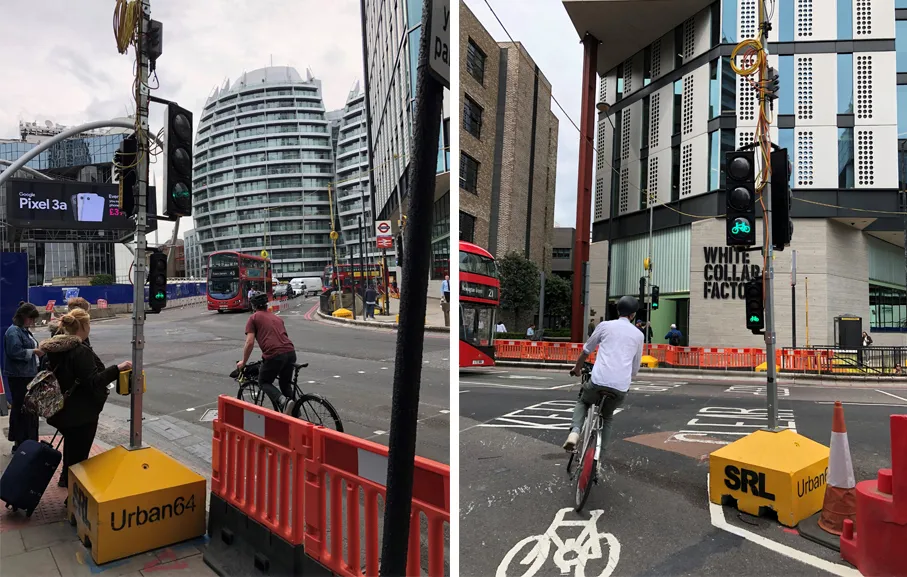Dynniq has been awarded a five year contract to deliver the Traffic Signals Asset Renewal (TSAR) programme to upgrade existing traffic signals equipment across the UK City of York, which is looking to reduce its annual maintenance costs.
Over five years, the programme will see Dynniq replace around sixty traffic signal junctions and crossings with completely new equipment to a newly developed standard York specification. These installations will utilise the latest traffic controllers from the Dynniq PTC
September 13, 2016
Read time: 2 mins
Over five years, the programme will see Dynniq replace around sixty traffic signal junctions and crossings with completely new equipment to a newly developed standard York specification. These installations will utilise the latest traffic controllers from the Dynniq PTC-1 family and TLED signal heads. The programme also includes replacement of ducting and physical changes to junctions to bring them up to the latest design standards.
By introducing LED signals, the Council hopes to realise significant cost savings on their energy bill, and a notable reduction in CO2 emissions. In addition, the inclusion of state-of-the-art above ground video vehicle detection make for safer crossings and better vehicle detection with minimal installation disruption and costs.










